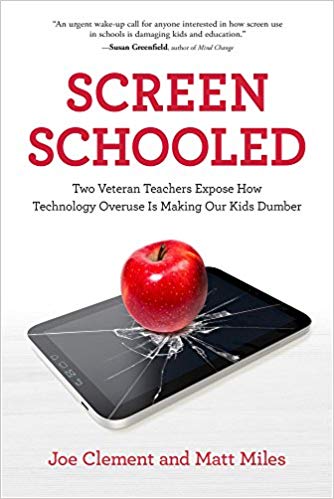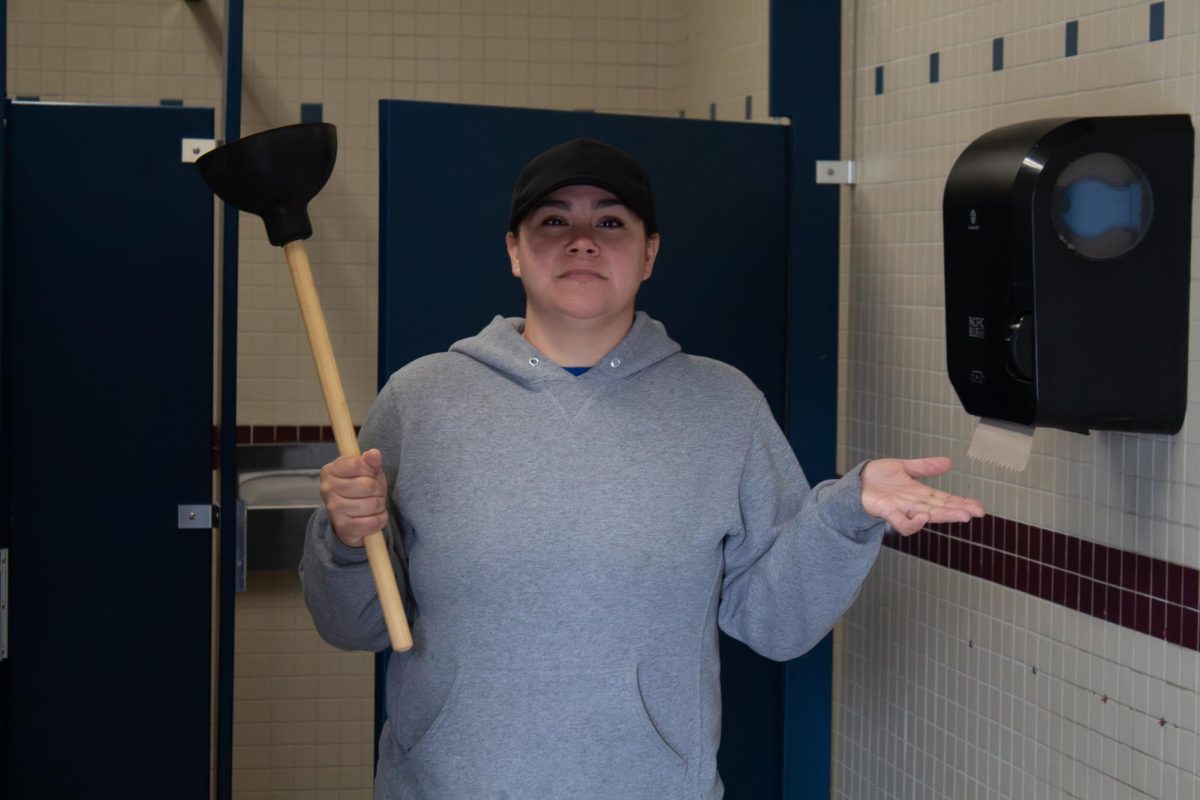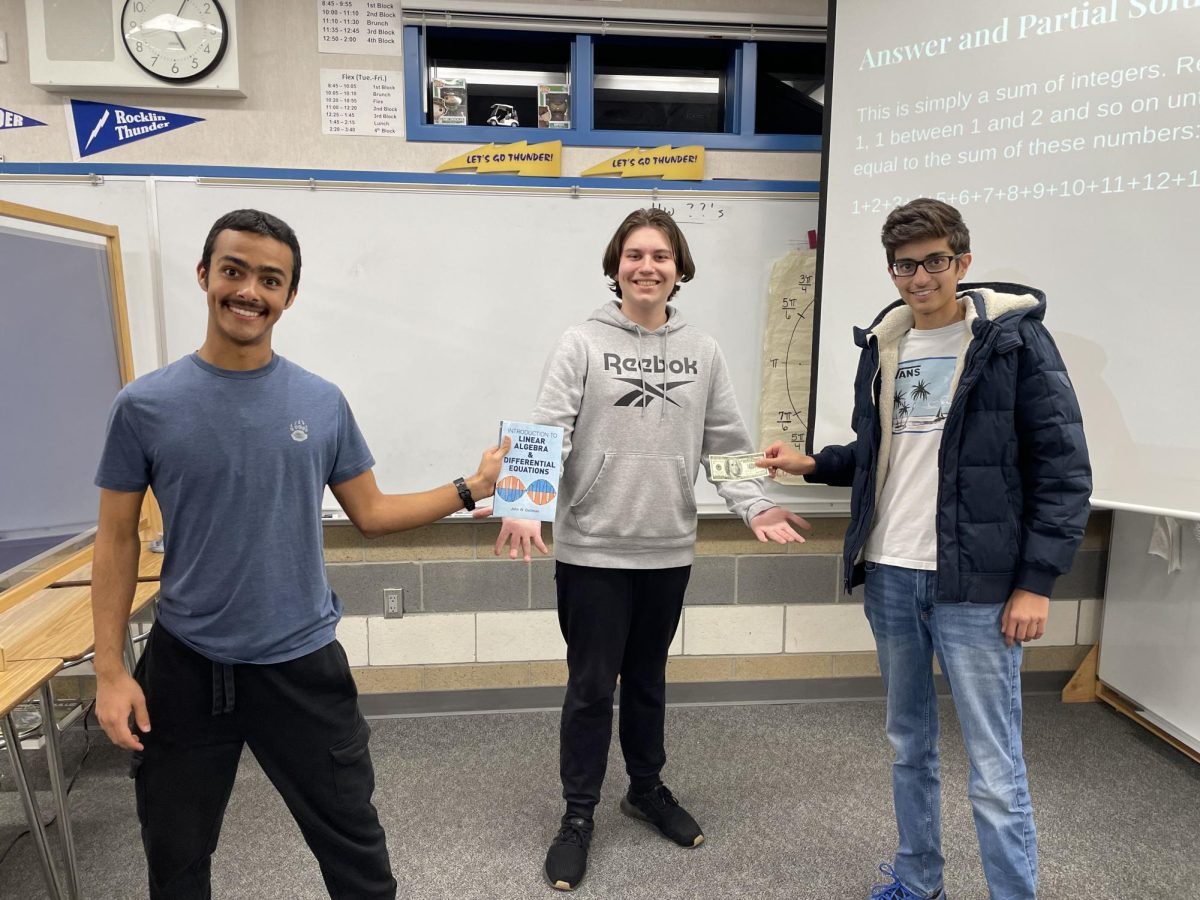No Screens Attached
Phone policies at Rocklin High School are quickly becoming more strict

September 4, 2018
Starting off the year with a phone address, the staff at Rocklin High School has wasted no time when it comes to enforcing the technology policy.
At the first day of school assembly when Principal Stewart said the words “screen schooled,” a simultaneous groan sounded all throughout the gym, specifically from the sophomores (having read the book over summer for Advanced English 2).
This book has led both students and teachers to realize that kids are more addicted to technology than we thought.
Some eye opening facts from the book include:
- In 2015, kids aged five to twelve averaged about six and a half hours of screen time a day.
- 56 percent of six year olds have a cell phone and 80 percent of twelve to eighteen year olds have them.
- Teens average almost nine hours a day on entertainment media.
- A typical teen can expect to spend upwards of 90 days (3 months) a year staring at a screen.
- The average teen boy watches 50 pornographic videos a week.
- Before the age of eighteen, 93 percent of boys and 62 percent of girls have had at least some exposure to online pornography.
Mr. Tim Hurraniko was the first of Rocklin’s staff to discover and read the book. This led to him recommending the book to the rest of the staff, including principal Mr. Dave Stewart.
“Actually, I was the first one to get the book into the school’s attention. After I read it, it affected me so greatly, because I’ve been seeing some of the negative effects of technology in my classroom. When I read the book, because they used so much evidence to support the negative effects, I thought this is something important for my colleagues. [All the teachers] had the same reaction as me. I introduced it to Principal Stewart and he [made it one of] two books for the teachers to read, because we all read two books every summer,” Hurrainko said.
As a result of the book, teachers have been encouraged to become more strict with phones, such as Mrs. Teri Ellenburg and Mrs. Stephanie Arino who use phone pockets. Other teachers, such as Mr. Casey Nichols, just tells students to only use them if they have to.
“More than anything, we’re just trying to make phones a tool and not a toy,” said Nichols.
Many students think that the policy is good to enforce, but is being overdone.
“It’s a good idea to keep kids off their phone, but it comes to a point where nobody can have their phone out without having major consequences,” said Anya Tom, sophomore.
This new rule was made with good intentions, however students may actually be more distracted in class. Now that punishments are much harsher, students must work harder in order to keep their phones hidden. If students really are the technology addicts everyone claims they are, they will do anything to find a way around the restrictions.
Despite the teachers and students’ differing opinions, there are new rules we all have to deal with. If you build a 10 foot wall, you’ll find someone else building an 11 foot ladder.


















alejandro gonzales • Sep 12, 2018 at 10:29 am
I do not watch 50 pornographic videos a week
Mikayla Calvano • Sep 4, 2018 at 11:34 am
The article does a great job at presenting the two differing perspectives of these new policies. It is interesting to see how students will continue to find ways around regulations even as they become more strict. It raises many questions as to how far students will go to find ways around rules if they are as addicted to technology as they are claimed to be.
Saja Katmeh • Sep 4, 2018 at 11:30 am
I never considered the situation like this before, which speaks for itself. Thank you for the insightful information and warning :)!
maddie • Sep 4, 2018 at 11:29 am
I think that is very true about how if someone is addicted to something then they will find a way to use it no matter what even if they have to hide it, more restrictions to some kids may seem like another way to bend the rules and more rules to break. because i know a lot of teens who, when they feel baby’d they tend to rebel more
Emily Broad • Sep 4, 2018 at 11:27 am
I feel like a lot of the original purpose of a phone has been lost, and not all for the good. However, it is true that a lot of students are just going to find a way around the new rules.
Capri Dace • Sep 4, 2018 at 11:24 am
As generations go on, so does technology and its power. I think the rules here at Rocklin High about phones are fair. After all, our education is in our hands. Very well written.
Rebecca Ryan • Sep 4, 2018 at 11:19 am
Wow, you don’t realize how much kids are on their phones until you read all the facts.